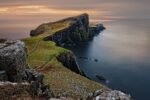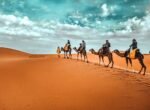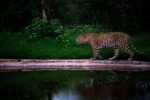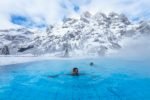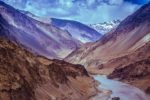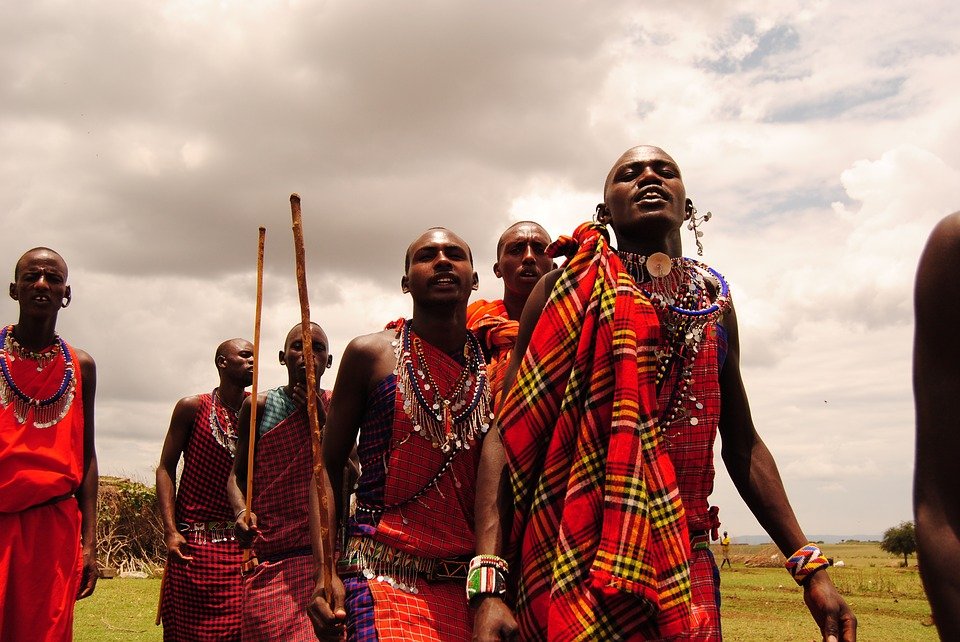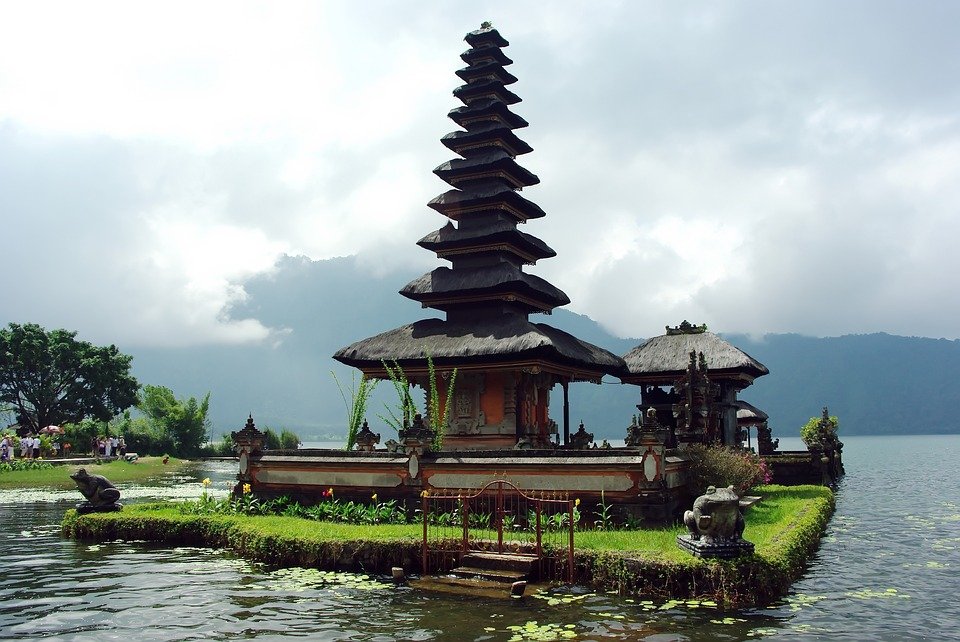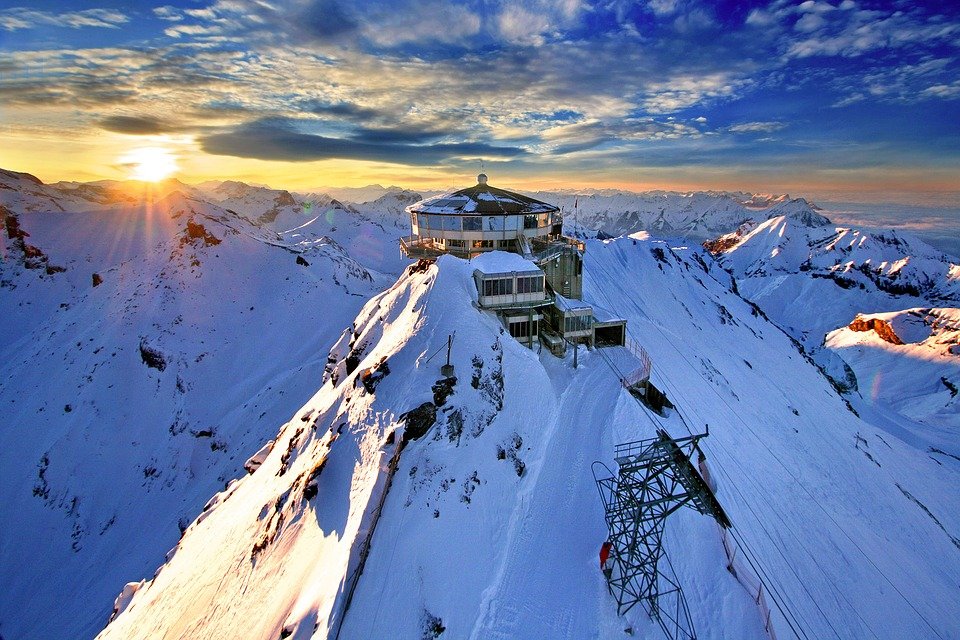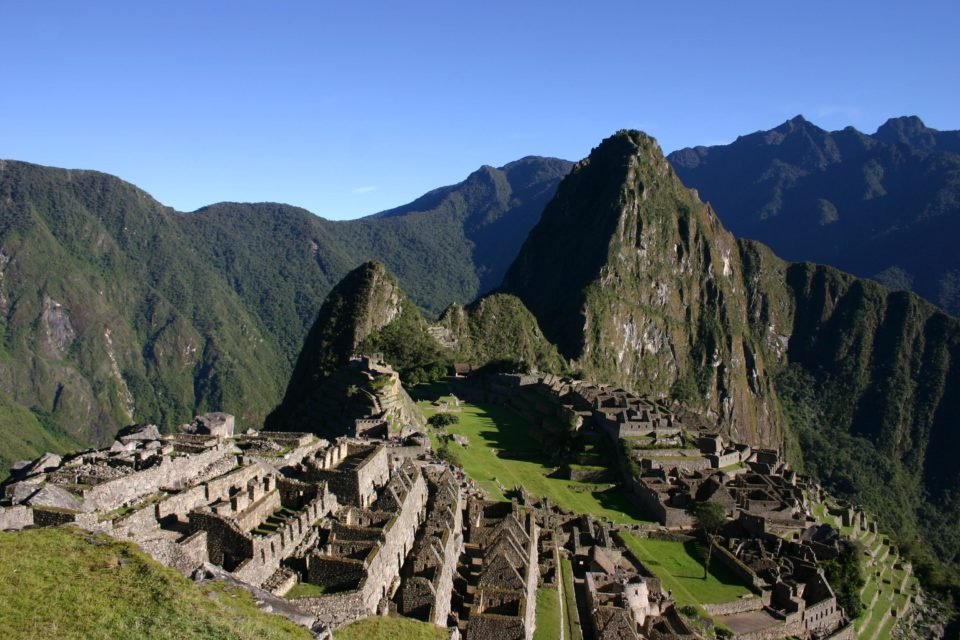For those who live for the love for adventures, there is no other place on earth like South America which offers such diverse range of adventures on unique landscape of towering mountains and waterfalls, wide and long rivers, azure blue lakes, dense jungles, magnificent beaches, salt flats and deserts, miles of vineyards, glaciers and icebergs; to name a few. These places also have some exotic and rare flora and fauna including fascinating marine life. You will see the kind of bird, animals and marine creatures that are not found anywhere else. Many of these are on the endangered species lists now. Every adventure seeker will find his thrill from scuba-diving, skiing to paragliding.
Here’s an at-a-glance overview of 12 top adventure destination in South America. You can choose what caters to your thrill and as many as you can.
Machu Picchu, Cusco, Peru

Cusco, also spelt as Cuzco, is located 11,000 feet above sea level in the Andes Mountains and was once the capital of the Inca Empire. Machu Picchu is Peru’s most visited tourist attraction, known the world over for the magnificent centuries old ancient Incas ruins. Machu Picchu is built with polished cut stones and was a palace for the emperor, a fortress and a site for religious ceremonies where human sacrifices were made. It is South America’s best known archaeological site, with much of the Incan architecture and design well-preserved. The site features the mist-shrouded Huayna Picchu Mountain, with its spectacular views rising nearly 1,000 feet above the stone ruins, terraces and plazas. Adventurers can walk the Inca Trail for several days instead of taking a train ride from Cusco. In the Cusco Old Town, Spanish colonial heritage can be seen in the Qoriacancha Palace and the Church of Santo Domingo.
Angel Falls, Venezuela
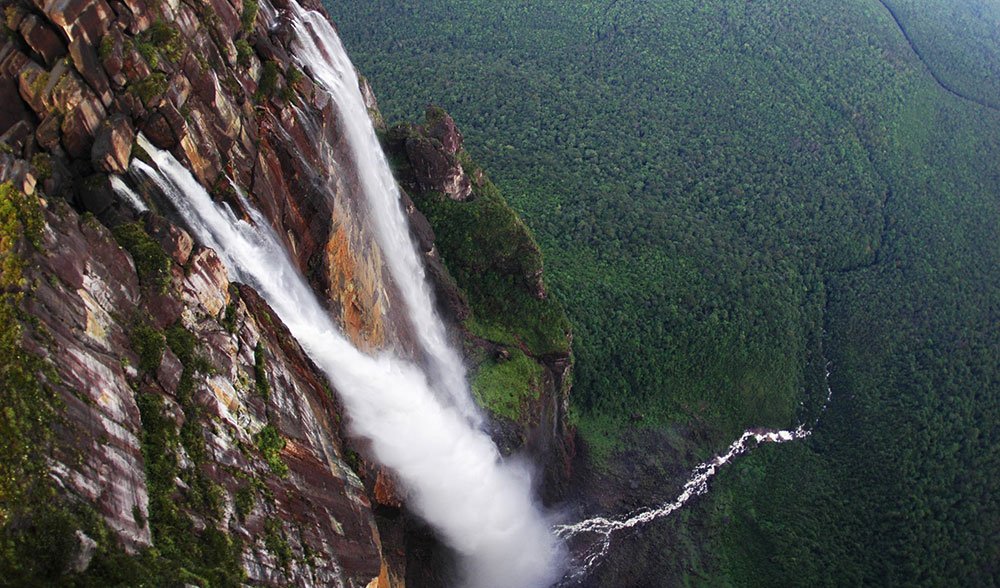
Angel Falls is the world’s highest waterfall, with water cascading down 3200 feet, about a kilometer high, over the edge of the Auyantepui Mountain to the river Rio Kerepacupai Meru. The height makes it almost 19 times taller than the Niagara Falls. This awe-inspiring waterfall is in a remote, difficult to access location, in an isolated jungle of Canaima National Park. One can reach by air to the Canaima camp, the starting point for river trips, 50 km away from the falls. You can travel by motorized canoe, called curiara to a point from where you can then trek through the jungle to the falls. Getting there is an adventure in itself, involving plane, river canoe rides and jungle trails.
Colca Canyon, Peru
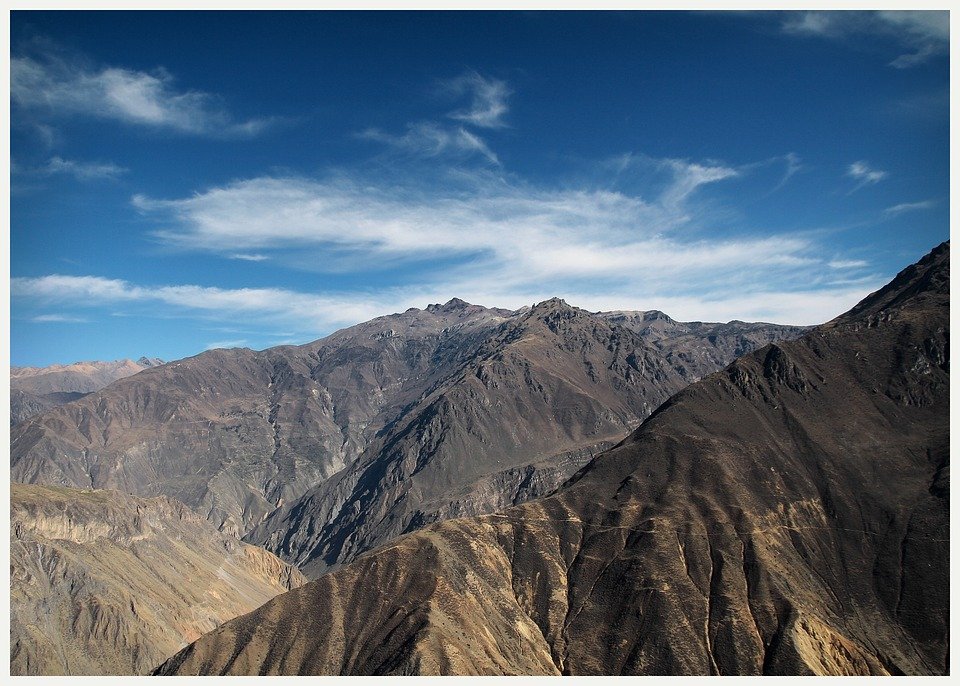
The Colca Canyon, one of the deepest in the world and one of the most awe-inspiring natural wonders in South America, is a canyon of the Colca River in southern Peru. With a depth of 10,725 ft or more than 3 kilometers, it is more than twice as deep as the Grand Canyon in USA. It is located about 160 kilometers northwest of Arequipa, the second largest city in Peru. The Colca Valley is a colorful Andean valley with pre-Inca roots and towns founded in Spanish colonial times. These are inhabited by people of the Collagua and the Cabana cultures, who maintain their ancestral traditions and continue to cultivate the pre-Inca stepped terrace fields. You can also watch the famous Andean condors flying overhead and also spot the biggest hummingbirds. On way from Arequipa to Chivay, the main village of Colca Canyon, you can also see the two sentinel volcanoes, El Misti and Chachani. Cotahuasi Canyon, which is the deepest canyon in the world with a depth of over 11,500 ft (3.5 km), can also be visited from Arequipa.
Valle De La Luna, Atacama Desert, Chile
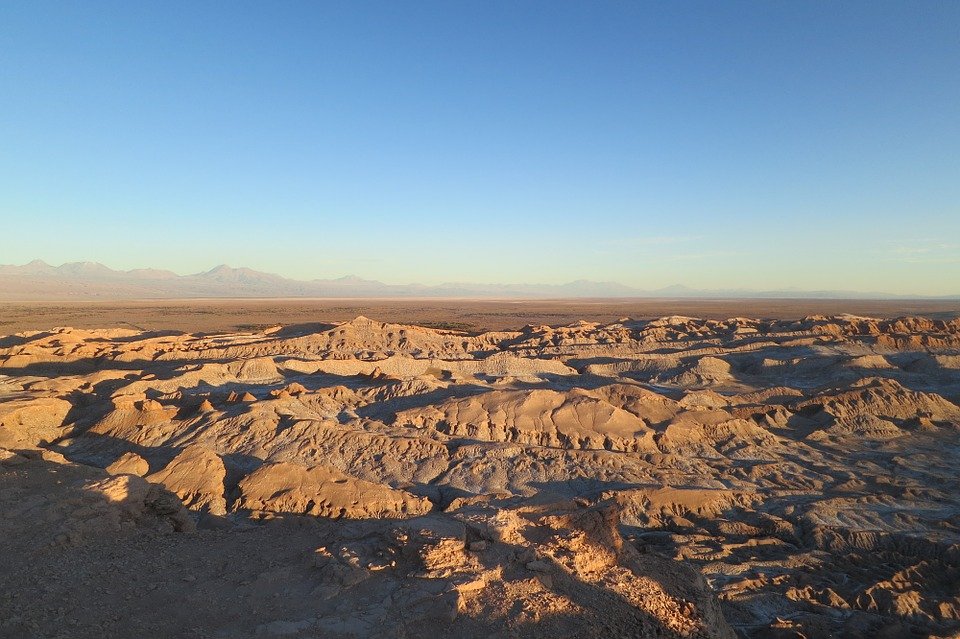
The Valley of the Moon, in the Atacama Desert is the driest non-polar desert in the world, with rains in about once in four years. Sand dunes, salt covered earth and distant snow-capped volcanoes make for an unforgettable tour from San Pedro de Atacama, a small desert tourist town in the north of Chile. Situated along the coast of Chile, between the Andes and the Pacific Ocean, it is almost a thousand mile long. Its soil appears as if it is from Moon. This region also has vast salt flats, active geysers and blue lagoons. The Atacama Desert also has volcanoes and you can even climb them which in itself make for an unforgettable adventure.
Torres del Paine National Park, Patagonia, Chile

Located in the remotest southernmost region of Chilean Patagonia, Torres del Paine offers amazing hiking trails meandering through emerald forests, azure lakes, roaring rivers and grassland of steppes. It also has Grey Glacier, a brilliant blinding glacier. The three peaks dominate the landscape, surrounded by mountains and snow, and green lakes in the Paine Mountains. The park is also a sanctuary for ostrich-like rhea, Andean condor and flamingos.
La Paz, World’s most dangerous road, Bolivia

Yungas Road, better known as the World’s most dangerous road, is a narrow winding stretch of road, cut on the sides of the Cordillera Oriental Mountain chain. It goes from La Paz to to climb up 4,650 meters at La Cumbre pass, then descending to 1,200 meters at the town of Coroico, located to the North, a jungle high in the Andes mountains, which lies in the Amazon rain forest region. The other side of the road has vertigo-inducing precipices. This Bolivia Road of Death is an 80-90 kilometer stretch. The road winds up and down the sides of several mountains and has over 200 hairpin turns. The road is narrow, and it is difficult for vehicles to overtake or pass each other from opposite sides. Every year several hundreds of people would die in accidents on this road. For thrill-seekers on adrenaline, this road attracts tourists in bikes in thousand every year.
Perito Moreno glacier, El Calafate, Argentina
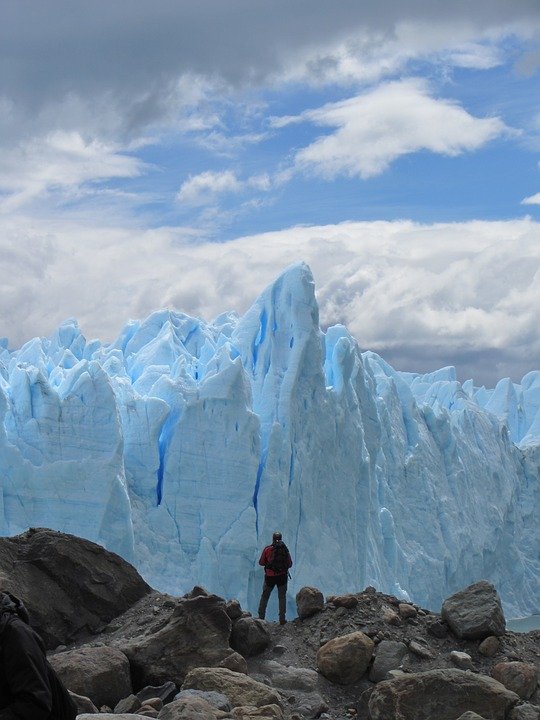
When at El Calafate, you can enjoy a varied mix of adventurous and unique thrilling natural sights with a visit to the Los Glaciares National Park. Here you can see the Perito Moreno Glacier, a massive glacier that crumbles before your eyes with huge pieces tumbling into the lake. Yet this remarkable Patagonian glacier is not actually receding because it is forming at the same rate up to the top. It is like a huge waterfall made of massive pieces of ice. The Los Glaciares National Park also has Lake Argentino, the largest lake in Argentina; and well-conserved Magellan Subpolar forest and Patagonian Steppe with an abundance of bio-diversity.
Salar de Uyuni, Bolivia

Salar de Uyuni is the largest salt flat in the world. This expanse of white, spread over 10,000 square kilometers, is one of the top draws of South America tours and Bolivia’s top tourist destination. Located in southwest Peru, about 3,700 meters above sea level in the Andes, the salt flat is covered by a thick crust of salt. After rains this huge flat looks like a giant mirror. It is one of the most unusual places on Earth. It is also a breeding ground for flamingoes.
Cotopaxi Volcano and National park, Quito, Ecuador

Ecuador’s capital Quito is the highest capital in the world, closest to the Equator and the only capital city in proximity with an active volcano, Cotopaxi, which at 5,897m is the second highest peak in Ecuador, after Chimborazo. Cotopaxi is part of the chain of volcanoes around the Pacific plate known as the Pacific Ring of Fire. Cotopaxi has erupted several times; the last was as recent as from August 2015 to January 2016. It is capped by glaciers. It is inside the Cotopaxi Volcano National Park, which offers ample opportunities to hike climb and trek. Cotopaxi’s ecosystem has diverse range of flora and fauna that include pine vegetation and wolves, pumas, bears, foxes, rabbits, condors and wild horses. The park also has another volcano Sincholagua; and Rumiñahui and Morurco mountains with several valleys, lake and rivers.
Amazon, Quito, Ecuador

The last in this list is actually what South America is all about. The Amazon is a 4,400-mile river with thousands of tributaries and passes through eight countries of South America; Brazil, Bolivia, Peru, Ecuador, Colombia, Venezuela, Guyana, Suriname as well as the French Guiana. The Amazon rainforests shelter a huge number of animal, bird and fish species. One of the most popular routes to explore the Amazon is from Ecuador’s capital city, Quito. This gives ample opportunity to see all kinds of wildlife including anacondas, caiman crocodiles, jaguars, iguanas, monkeys, and colorful birds.
You can explore these destinations and many more. There are several adventure activities organized and regulated by the tourism authorities of these countries. These range from para gliding, zip lines, river cruises to biking and trekking.
Travel to South America – Other related topics
Top 10 Must See Places in South America
Top 10 Honeymoon Destinations in South America
Dos and Don’t of Traveling to South America
Top 10 Most Beautiful Places in South America
A short Travel Guide on South America Travel

